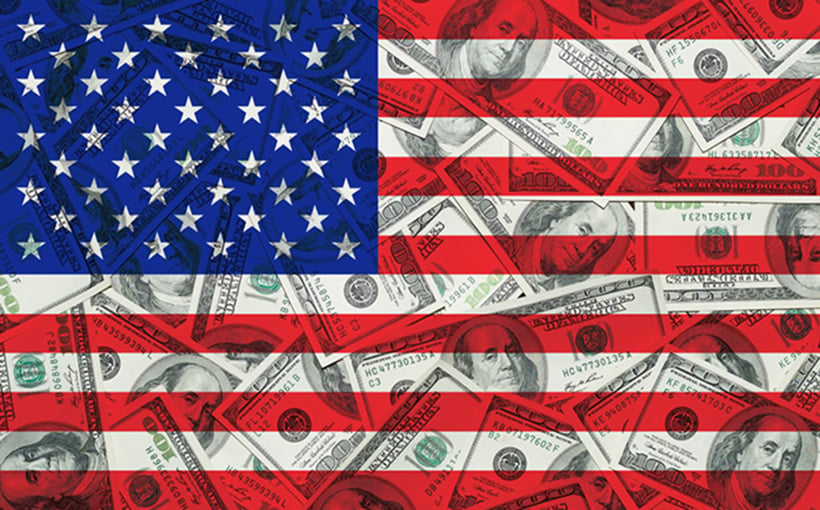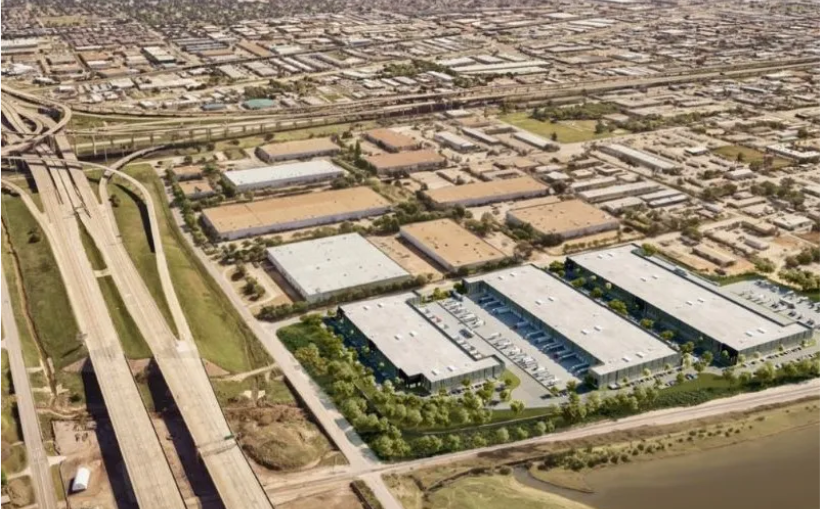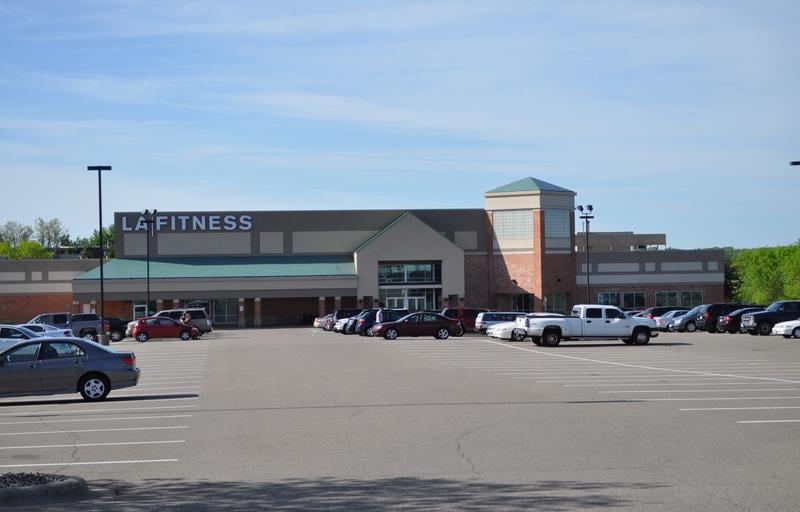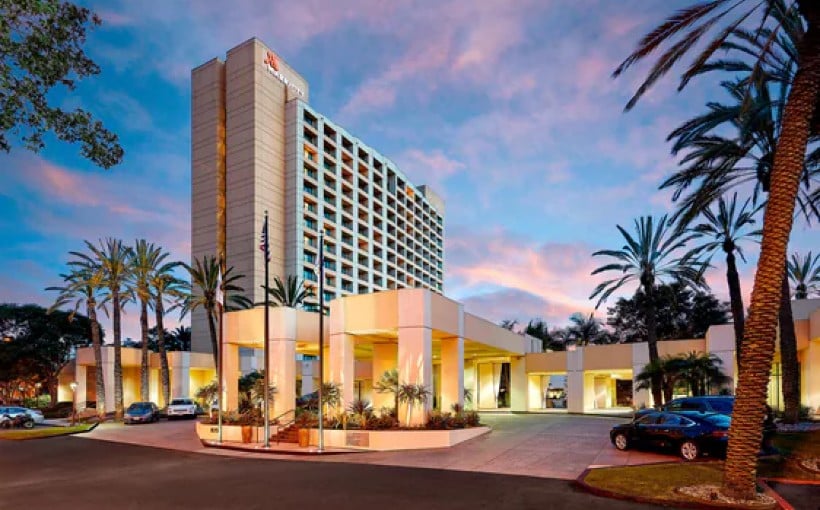Richard Barkham: Expert Insights on Job Growth, the Fed, and CRE Effects
In the past month, two key metrics have surpassed expectations in the US economy. First, Q4 2023 saw a GDP increase of 3.3% at an annual rate. Additionally, January 2024 saw a significant job growth of 353,000 jobs added to the market – well above analysts’ predictions of only 185,000 jobs added. This resulted in an unemployment rate of just 3.7%.
The news of more job opportunities is certainly welcome; however experts caution that this may also validate the Federal Reserve’s cautious approach to cutting rates as stated in a recent CBRE article by Richard Barkham and his team.
According to CBRE’s Global Chief Economist and Head of Global Research for Americas Richard Barkham , “the Fed is looking at various demand-side measures as well as supply-side factors such as productivity growth and labor market participation.” He further explains that these are all important considerations when determining whether or not to cut rates.
One major factor being closely monitored by experts is inflation – which has yet to reach its target but shows signs of improvement according Ryan Severino , Chief Economist and Head Of U.S Research with BGO .
But where did these new jobs come from? According to Severino they came from key categories like education & health services along with leisure & hospitality sectors among others while professional & business services are starting generate more employment opportunities recently.
Barkham points out that real income gains were responsible for driving robust consumer spending which ultimately led higher Q4 GDP figures adding “We believe this level isn’t sustainable but continued high-productivity growth could mean quick economic expansion without causing inflation.”
So what does all this mean for commercial real estate? The aforementioned CBRE article suggests there will be reduction in EFFR (Effective Federal Fund Rate) possibly around May due cooling inflation resulting increased interest rates thus heightening risks to economic growth.
The article further states that as the 10-year Treasury yield falls to 3.6% by year’s end, it should increase commercial real estate investment activity during H2 of 2024. However, leasing may remain cautious due hybrid work arrangements and uncertain business environment in the near future.
Barkham adds that multifamily sector benefits from a healthy consumer market as people can take on more rental obligations while industrial sector is driven by spending consumers who purchase goods shipped through retail stores. He also notes that strong consumers have boosted bricks and mortar retail which has shortage of Grade A space.
Severino predicts when Fed starts easing its stance CRE capital markets’ volume & pricing will pick up indicating positive appreciation returns likely won’t occur immediately but build gradually over time throughout this year.




